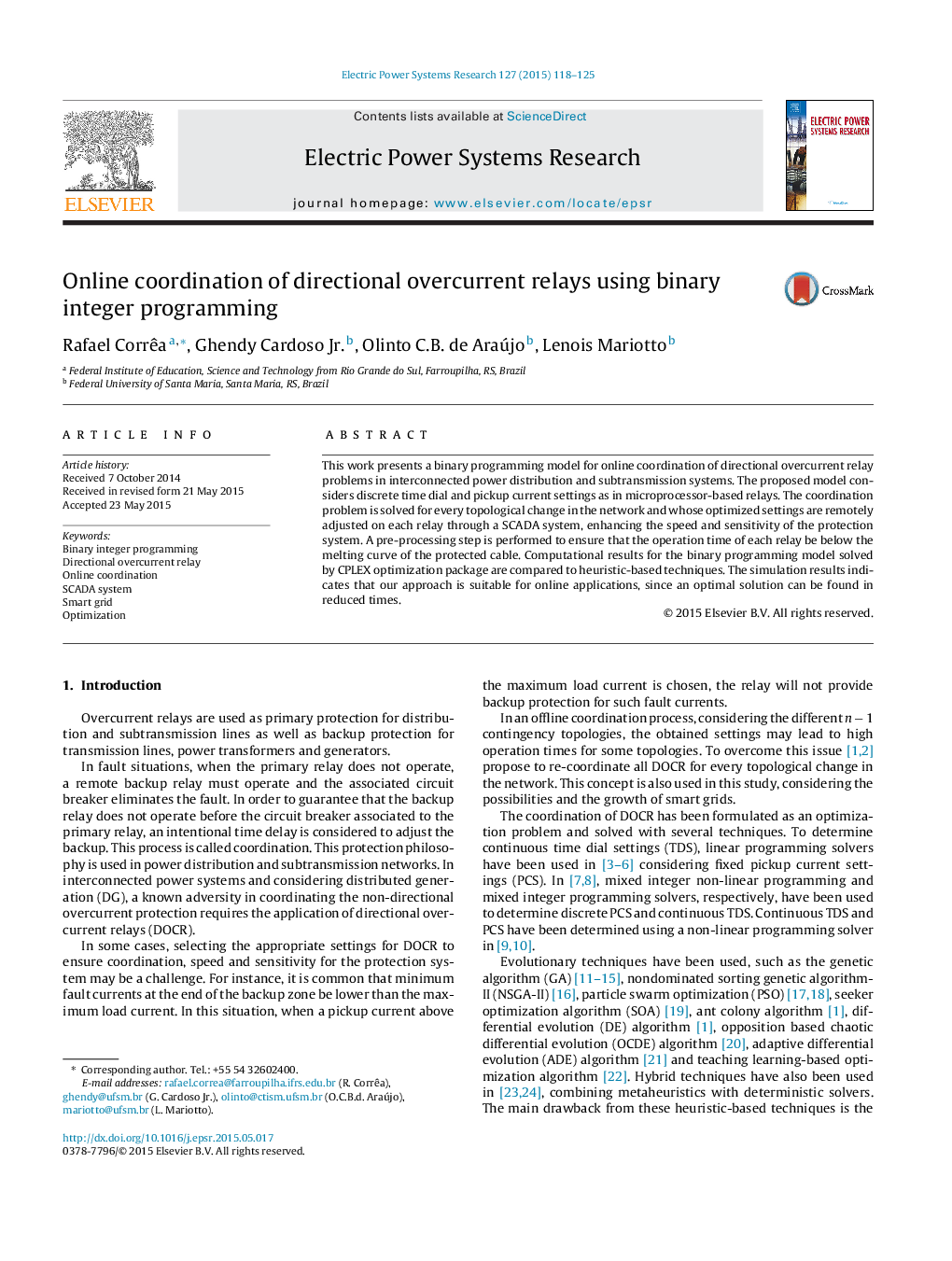| Article ID | Journal | Published Year | Pages | File Type |
|---|---|---|---|---|
| 6447526 | Physics of the Earth and Planetary Interiors | 2015 | 8 Pages |
Abstract
Megathrusts produce large permanent lithospheric displacements as well as strong transient ground shaking up to regional distances. The influence of the 2011 M9.0 Tohoku-Oki earthquake on the seismicity in stable intraplate regions around the Korean Peninsula is investigated. The differential lateral displacements by the megathrust build transient radial tension field over the backarc lithosphere, constructing stress shadows for all types of faults in optimal orientation over the wide backarc region including the southern Korean Peninsula. A characteristic seismic-velocity decrease after the megathrust supports the medium relaxation. The number of earthquakes with magnitudes greater than or equal to 2.5 was increased by 61%Â after the megathrust. The earthquakes occurred episodically. A series of unusual earthquake swarms and a temporal cluster of moderate-size earthquakes were observed in the Yellow Sea region. The significant seismicity increase since the megathrust may be due to the fluid diffusion during the transient tension field and the pore-fluid pressure increase during the ambient compressional-stress field recovery by tectonic loading. The induced seismicity may continue until the ambient stress field is fully recovered.
Related Topics
Physical Sciences and Engineering
Earth and Planetary Sciences
Geophysics
Authors
Tae-Kyung Hong, Junhyung Lee, Soung Eil Houng,
